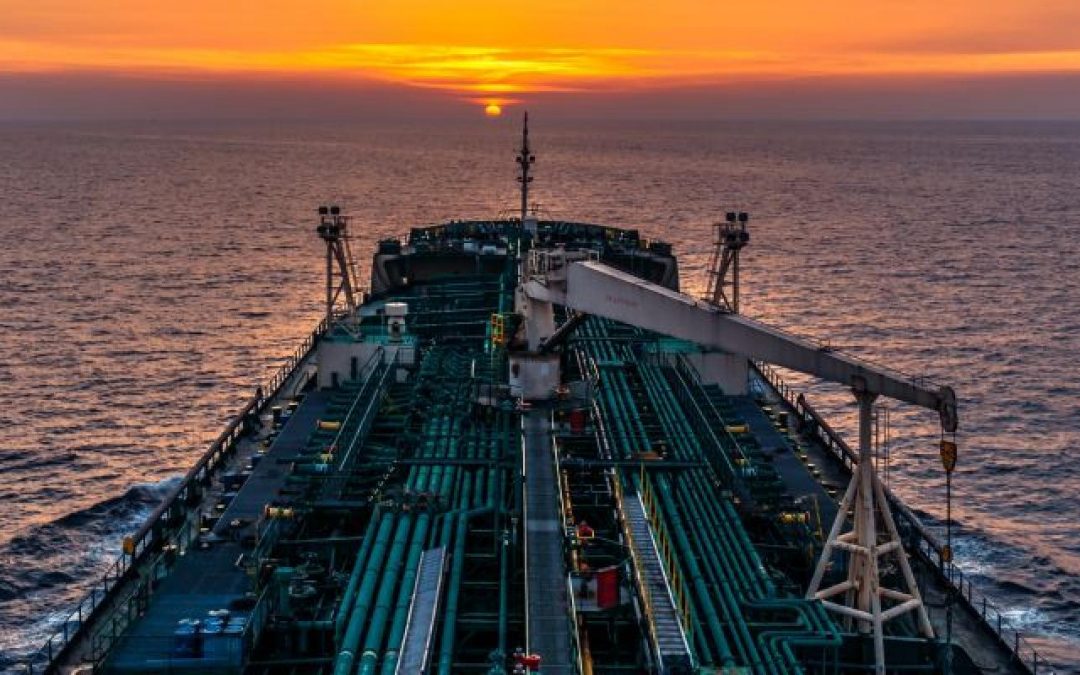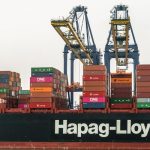Shadowy oil transfers at sea with tankers switching off their transponders to hide their location continued to rise in the third quarter with increased activities suspected to be linked to Russia, Iran and Venezuela — all of whose exports are subject to Western sanctions.
The move comes as sanctioned producers faced stronger incentives to boost sales amid a rise in international crude prices, taking advantage of a growing non-Western, ‘shadow’ fleet while regulators struggle to crack down on the illicit activity, according to industry participants.
The number of such operations, known as dark ship-to-ship transfers, reached 792 globally in the third quarter, up from 615 between April and June and the highest since at least 2022, according to an analysis of data from S&P Global Maritime Intelligence Risk Suite and Commodities at Sea. The analysis finds 432 dark STS transfers in Russia’s exclusive economic zone last quarter, versus 394 in the previous quarter and just four in Q1 2022, when Russia invaded Ukraine and S&P Global started tracking those activities.
This was in addition to a rise to 81 operations in the Persian Gulf and Iranian waters in Q3 from 45 the previous quarter, and an increase to 27 from 17 in Venezuelan waters and Venezuela/West Africa trade lanes.
Sanctioned oil producers faced stronger incentives to increase sales amid a rise in international crude prices, taking advantage of a growing dark fleet while Western regulators look to crack down on the illicit activity, according to industry participants.
The acceleration of opaque transfers at sea came as international crude prices were climbing on the back of production cuts by OPEC and its allies, including Russia.
“Rise in the price of crude oil provides higher potential profits for those traders able to circumvent or violate sanctions,” said Isaac Levi, an Analyst at the Think Tank Centre for Research on Energy and Clean Air.
In total, 115.2 million barrels of crude and oil products were potentially transferred via dark STS globally in Q3, up from 93.9 million barrels in Q2 and 55.5 million barrels in Q3 2022.
Dark STS “is becoming an established way of transporting oil,” said Elisabeth Braw, Senior Associate fellow at the European Leadership Network think tank, adding that oil volumes in the illicit practice are much bigger now.
Price hikes
To undermine Russia’s war chest against Ukraine and limit disruptions to global oil supply, the G7 and its allies have stopped Russian oil imports while banning maritime services providers subject to their jurisdictions from servicing seaborne Russian trades unless the barrels are sold below certain thresholds.
But the monthly average price of Urals, Russia’s main crude export grade, rose from $52.33/b in June to $79.96/b in September on a FOB Primorsk basis, according to Platts assessments by S&P Global Commodities Insight, breaching the G7 price cap of $60/b. International crude benchmark Dated Brent rose from $74.69/b to $94/b over the same timeframe.
“Rising oil prices provide higher incentives for trades that are able to undertake ship-to-ship transfers to help obfuscate the origin of the oil and falsely report the oil as not being [Russian],” so the barrels can be traded freely and at higher prices, Levi said.
With inflation concerns ahead of the 2024 elections, some analysts said the US is showing limited appetite to put further economic pressure on Iran and Venezuela, whose crude output has risen over the past 18 months. Both OPEC members are exempted from production quotas under the OPEC+ deal due to US sanctions.
The monthly average of Iran’s crude production was between 2.76 million b/d and 3.01 million b/d during Q3, the highest since 2018, according to the Platts OPEC survey by S&P Global. The official selling price of Iran Light, the country’s main export grade, increased from $77.598/b in June to $96.767/b in September for Asian buyers.
“Higher oil prices present greater profit margins for sanctioned trades, making them more attractive to illicit traders,” said Claire Jungman, Chief of staff at the nonprofit United Against Nuclear Iran.
Venezuela’s monthly average output fluctuated between 770,000 b/d and 810,000 b/d last quarter, around the highest since 2020. The price for Venezuelan Merey 16 crude averaged $77.395/b in Q3, compared with $66.212/b in Q2, according to S&P Global data.
Shipping capacity
The S&P Global analysis also shows 241 tankers with 11.1 million DWT were involved in dark STS last quarter, versus 188 tankers totaling 8.6 million DWT in Q2. This compared with 72 tankers with 2.4 million DWTin Q1 2022.
“Before the Ukraine war, the shadow fleet was there but it was small,” Braw said. “Now it’s much larger. It has established itself potentially as a parallel world of shipping.”
In recent quarters, small, clandestine companies — including some believed to be linked to Russia — have emerged to acquire large tonnage in secondhand markets, supposedly with an aim to utilize the ships in sanctioned trades.
Those tankers tend to be old and covered by less established insurance firms, and shipping professionals have expressed worries over heightened collision and pollution risks stemming from their engagement in dark activity.
But the rewards likely far exceed potential punishments for shipowners engaging in dark STS, with each crude shipment potentially worth around $110 million, according to Levi.
Sharing a similar view, Jungman said there have been “minimal repercussions” for owners due to lax sanctions enforcement, which, coupled with the lucrative profits involved, makes such activities appealing. “This lack of significant consequences undermines the effectiveness of sanctions and international law,” Jungman added.
The International Maritime Organization mainly relies on flag states to regulate STS transfers and dark operations, but few flags have clamped down on those activities. Coastal states could also enforce IMO rules in many cases, suggesting Russia, Iran, and Venezuela have strong incentives to keep opaque activities in their own waters.
For Russia especially, sanctions specialists said the G7 and its allies may need to invest in coast guard and document-checking capacity to more effectively enforce the price cap regime, as the number of ships and companies involved is large.
In June, the EU announced ships engaged in STS or dark operations, or both, to breach Russia-related sanctions would be banned from the bloc. But there has been no reported enforcement so far.
“The US and the EU are attempting to strengthen the G7 price cap, but keep Russian oil flowing to export markets,” said Jim Burkhard, Research Head for Oil Markets at S&P Global. “It is a difficult balancing act.”
Source: Hellenic Shipping News






